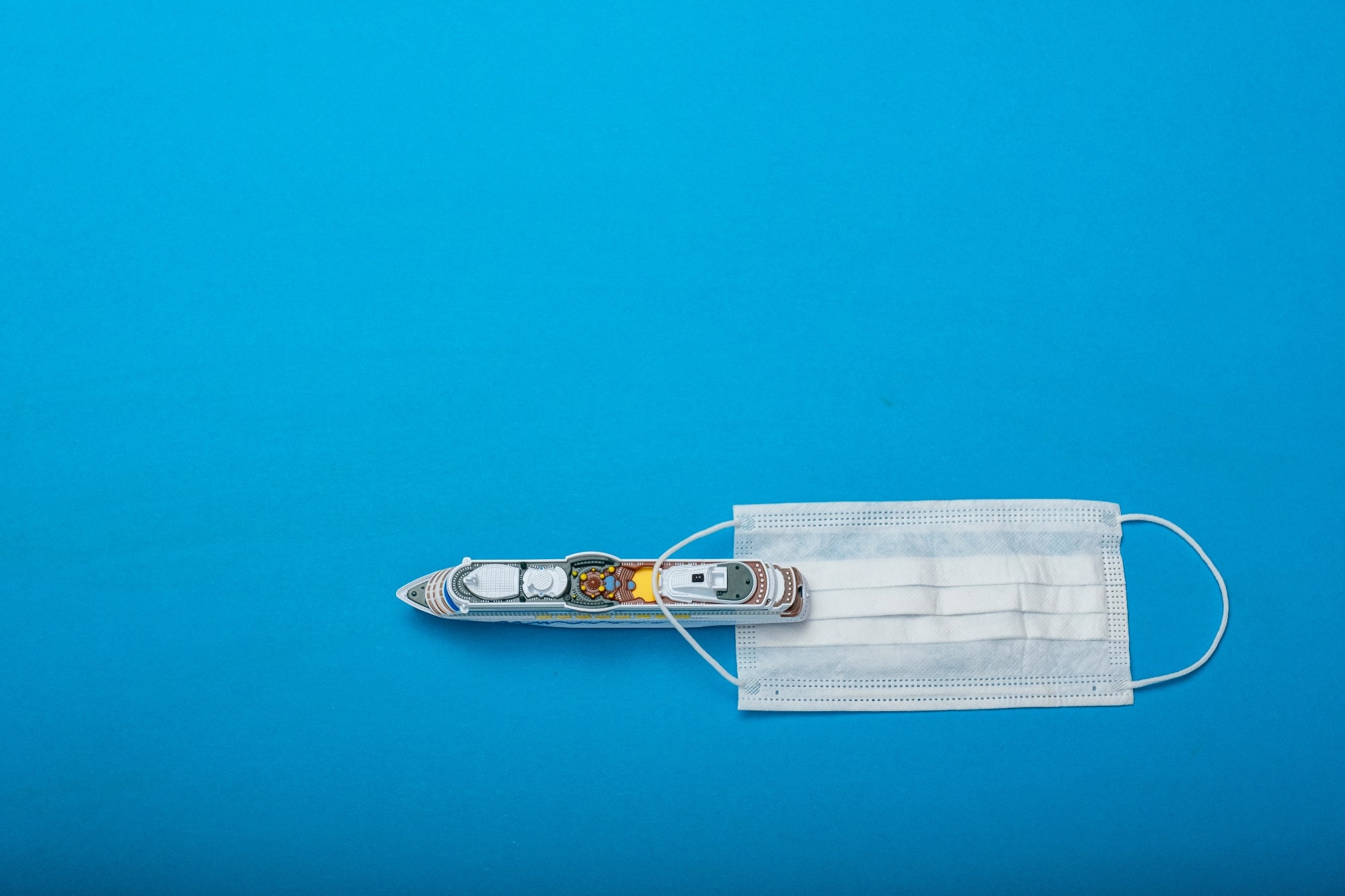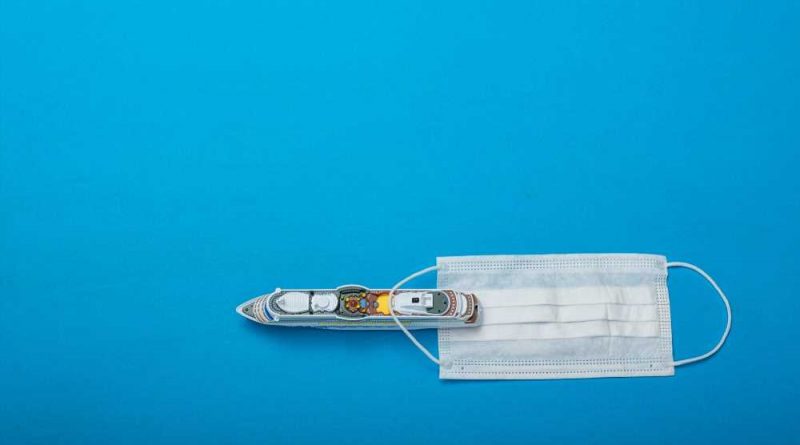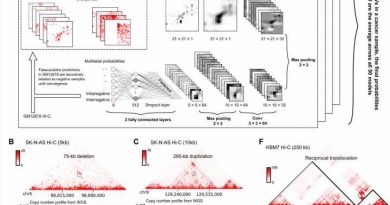Cruise ship cabin study reveals optimal airflow to curb virus spread
In a recent study published in the journal Physics of Fluids, researchers simulated the spread of a virus inside a cruise ship cabin.

Background
The coronavirus disease 2019 (COVID-19) pandemic has propelled the scientific community to study its infection mechanisms and the ability of severe acute respiratory syndrome coronavirus 2 (SARS-CoV-2) to rapidly mutate. As such, computational frameworks have been developed to determine the parameters necessary for tools to predict pandemic evolution.
Meanwhile, several studies have explored the spread of droplets released by infected persons and suggested mitigation guidelines and strategies. However, research on ventilation and aerosol transmission in cruise ships has been limited.
About the study
In the present study, researchers simulated how ventilation in a cruise ship cabin affects airborne viral transmission.
A fluid mixture with liquid water and multicomponent gas (water vapor and dry gas) was considered for multiphase simulations. The team examined the effects of four ventilation flow rates (60 m3/h, 120 m3/h, 240 m3/h, and 600 m3/h) and the positioning of the coughing person inside the cabin when saliva droplets evaporate.
Study findings
The cough was simulated over 0.12 seconds, and a fully developed flow was attained after 60 seconds. The overall flow velocity was low (2 m/s), except for a short period during coughing (8.5 m/s). In the first case (A), the coughing individual was positioned at the center of the cabin room. At the reference flow rate (60 m3/h), saliva droplets traveled < 36 cm in 0.12 seconds.
The droplets quickly traveled 91.5 cm in the first second after coughing, reaching the maximum distance only after four seconds. By eight seconds, most droplets settled below the waist height or evaporated. At higher flow rates, droplet penetration distance was initially reduced, which was reversible at later phases.
The flow field velocity affected droplet evaporation, particularly at later stages. Increasing the flow rate accelerated evaporation except at the highest flow rate. In all cases, an infinitesimal fraction of saliva was not evaporated even after 20 seconds. At 120 m3/h, droplet penetration was the lowest (1 m), while it was the highest (1.5 m) at 600 m3/h.
Droplet scattering was around three times greater at higher flow rates than at the reference rate. At 600 m3/h, droplets settled on the ground within four seconds, with similar durations at other flow rates. The optimal flow rate was 120 m3/h to restrict saliva droplets to a small space around the individual.
The team observed additional air streams at higher flow rates that increased droplet spread. Moreover, at the reference flow rate, only a fraction of the air in the cabin was renewed, and it would have taken 40 minutes for the cabin’s air to refresh completely. By contrast, at 120 m3/h, a significant volume of the cabin’s air was refreshed within three minutes.
In the second case (B), the coughing subject was positioned near the cabin’s door. In this case, air blew from behind the person, which had a minimal impact on the penetration of droplets at the end of coughing at 60 m3/h. The droplets traveled less than 10% in the axial direction during the first four seconds compared to case A at the same flow rate. By eight seconds, droplets penetrated the cabin spaces 20% higher than case A.
At higher flow rates, penetration was greater than in case A. At 600 m3/h, droplet penetration was more than two meters by eight seconds. The evaporation rates were similar to case A, except at 60 m3/h, wherein mass reduction was slightly slower. The decrease in droplet diameter and mass was much faster in case B.
In case B, droplets traveled more than 2.5 m at 600 m3/h, and all flow rates produced higher penetration than in case A. Moreover, droplets settled much quicker at high flow rates in case B compared to case A. Likewise, 120 m3/h was the optimal flow rate that led to the lowest droplet penetration and scattering.
Conclusions
In sum, the findings indicate that higher ventilation flow rates may not reduce/prevent the transmission of airborne diseases. Proper ventilation can accelerate desiccation; however, rapid droplet evaporation might not necessarily reflect the instant inactivation of the pathogen. The authors propose using ventilation at a medium flow rate of 120 m3/h.
This flow rate can minimize the spread of droplets and maintain adequate ventilation, energy consumption, and comfort. After the room is vacated, the flow rate could be increased to 600 m3/h for 12 minutes before reducing it to minimum levels or switching it off. This strategy could ensure that the air in the cabin is completely renewed for the next occupants.
- Ritos K, Drikakis D, & Kokkinakis IW (2023). Virus spreading in cruiser cabin. Physics of Fluids. doi: 10.1063/5.0169992. https://pubs.aip.org/aip/pof/article/35/10/103329/2919102/Virus-spreading-in-cruiser-cabin
Posted in: Medical Science News | Medical Research News | Disease/Infection News
Tags: Coronavirus, Coronavirus Disease COVID-19, Cough, Coughing, covid-19, Evolution, Pandemic, Pathogen, Research, Respiratory, SARS, SARS-CoV-2, Severe Acute Respiratory, Severe Acute Respiratory Syndrome, Syndrome, Virus

Written by
Tarun Sai Lomte
Tarun is a writer based in Hyderabad, India. He has a Master’s degree in Biotechnology from the University of Hyderabad and is enthusiastic about scientific research. He enjoys reading research papers and literature reviews and is passionate about writing.



